
Vision is a picture of the future; it’s how you imagine your startup, where it will be in the years to come and the values it will hold. Vision provides direction and acts as a constant reminder of what you have set out to achieve. If you can learn to share that vision, you’ll be able to grow support for your budding enterprise.
Starting out, we wanted to convey of our vision for how people might interact differently with mobile devices. However, during this early stage of shaping the idea, the actual process can make this difficult, especially when you are being advised to protect your intellectual property (IP) and open up at the same time. Once we had lodged a patent application for our product, Scriba, we were finally free to show people what we were doing and therefore get proper feedback from them. This freedom, and the input of others, really allowed us to start thinking about the long-term possibilities of what we were doing.
The bigger picture
Companies like Google can be incredibly open about their vision and ideas, because what they are doing is so huge and so hard for others to replicate that they don’t really run any danger of being copied. But it isn’t the same for small companies, who have to walk a tightrope between getting validation and feedback and having their concepts stolen!
How you describe yourself and how you position yourself changes as much depending on who you are talking to as the context in which you’re speaking. Being on the New Frontiers programme, I benefitted from regular interactions with the other participants, all of whom were free to discuss their own experiences and challenges. This liberation and interaction with others who were in the same boat allowed me to talk openly about both the detail and the big picture. It was great to be challenged on my vision from day one, and of course within this group I didn’t have to be secretive about my idea!
I come from an architecture background, and we work in a different way on projects. With implicit deadlines and demands, we spend much less time working with an amorphous idea. Parameters are fixed earlier and the development is really only refined over time until it finally becomes a building. So, with this startup, I was conscious of trying to keep the idea loose and open for as long as we could, which allowed other people to give us their input.
Turning the vision into a tangible product
Hardware development involves many complex and time-dependent processes, including design, testing, technologies, manufacturing and distribution that develop at their own pace and can sometimes go out of sync for all kinds of reasons.
At any given moment, one element of the project might be more advanced than another – the hardware, the electronics, the business plan (market, price point, positioning, etc.). It became a time versus effort balancing act. Right now, we’re really happy with the electronics, we’re trying different materials for the hardware and we’re confident about our value proposition… so the current balancing act is looking at other applications that the product could potentially have and quantifying the user benefits that they might provide.
When I first came up with the idea for the Scriba, I wanted a stylus that would be really comfortable to use and give me a more natural interaction with my iPad. I had made a simple design and turned it into a 3D model which I carried around with me… but I really had no idea what direction that this was going to take.
To create a working prototype, I taught myself some basic electronics. I started with a Galileo Board that I had picked up at Hackathon; I managed to get it working, but electronics was a black art to me and I struggled on a daily basis. Staged progress through ten prototypes suddenly made a big leap forward when I switched to a Bluetooth development board. Suddenly I had something in my hands that would actually work!
Maintaining your vision is therefore key to always being able to see the bigger picture and focus on your end goal, especially when you have to change direction because the route you had chosen is no longer open to you.
Build a vision, build a team
Vision is about dovetailing your business idea with your own passion, goals and expertise. You build a vision. My approach to this has been greatly influenced by my experience as an architect – where you have to have an overview of all your projects whilst also keeping track of the little details. When your vision is truly a mix of passion and goals, it becomes easier to maintain and follow through with daily milestones.
Your vision also needs to allow for some flexibility so it can accommodate, and be enhanced by, other people’s ideas. Sharing that vision with other people is key to establishing the business in the first place. I shared and shaped my vision with the other participants and mentors on the New Frontiers programme. Once the patent for Scriba was lodged, we contacted around 5,000 people directly through Twitter – people we had researched as being our target market – and asked them for advice on what really mattered to them.
Around 600 people came back to us with incredibly detailed responses: what they used styluses for, where they used them, how many they owned, where they bought them and what would be valuable features to have. These responses meant that we suddenly had real data we could use. As the product developed we did product testing with small groups of creatives, observed by an ergonomics engineer. We gave people a prototype of the product, but no instructions, and watched how they picked it up, investigated it and used it.
Building a wider community
Sharing your vision is as much about validating your ideas as it is about finding support to bring those ideas to commercial reality. You need to be open to learning through networking, asking questions, sounding people out and, above all, listening. Keeping an open mind and being positive, enthusiastic and helpful can open doors and bring opportunities you had never dreamed of.
I have gained a lot from this process and benefited from:
- learning how to communicate my vision as clearly and as simply as possible
- learning how to tell a story well (but remember, the more truth it contains, the easier it is to tell!)
It is very important to talk to others about your vision: share enough information about your idea to arouse curiosity, but not so much as to risk it being stolen. Also, people will be as interested in you as in your idea, so don’t forget to share your own personal journey as well.
Regularly assess what you are learning from the process and how, or if, it is helping you move forward. Sometimes this will mean a pivot for your startup, although for us it was more a case of many, minute pivots – such as changes in positioning or changes in the design – which occurred naturally and continually along the way.
Sharing our vision has been a key factor in building an in-house team and in attracting wide network of advocates whose input has been instrumental in moving our business forward.
[If you’d like to see a video of Scriba, click here.]
About the author
 David Craig
David Craig
David is founder and CDO of Dublin Design Studio and a New Frontiers alumnus. An architect by profession, David decided last year to explore his earlier passion for product design. His startup has created Scriba, a new concept in tablet styluses.
Recent articles
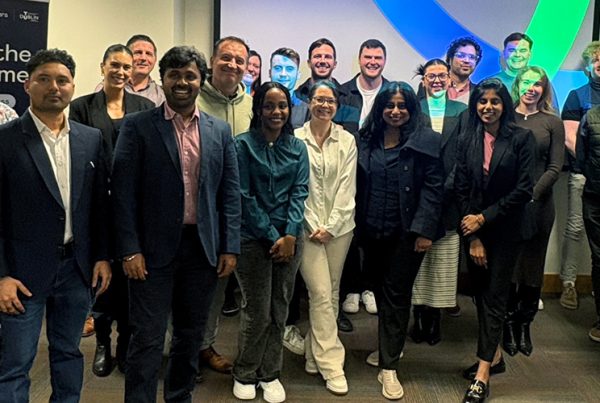
Startup In Dublin: Learn More About New Frontiers On TU Dublin’s Grangegorman Campus
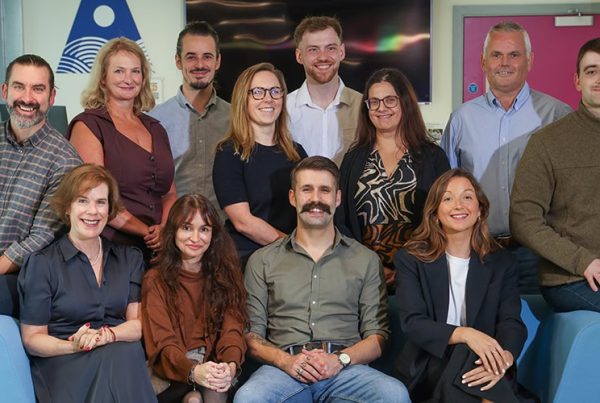
Michael Furey On The Success Of Ronspot: “The Most Important Thing Is Research”
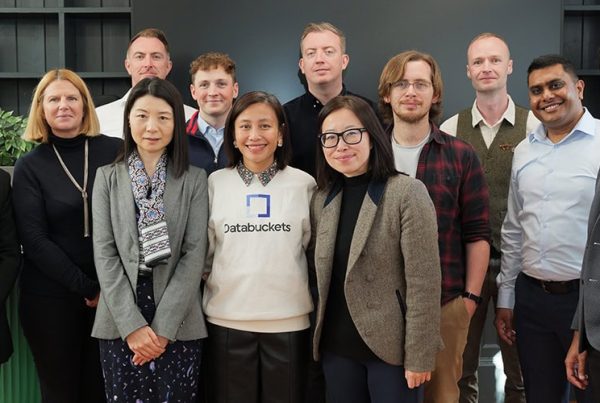
Showcase Day Celebrates Twelve Ambitious Founders In County Dublin (IADT & NovaUCD)

Scientist Turned Founder Margaret Rae Is Building A Prevention System For The Aquaculture Sector
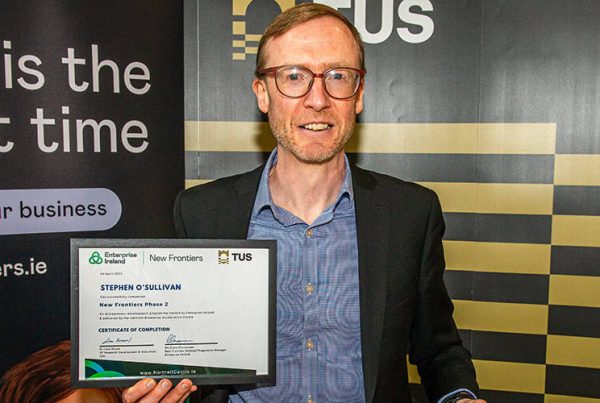
I Left You A Note Turns Negatives Into Positives For Hotels

Extend Your Startup’s R&D Capability With Enterprise Ireland Innovation Vouchers
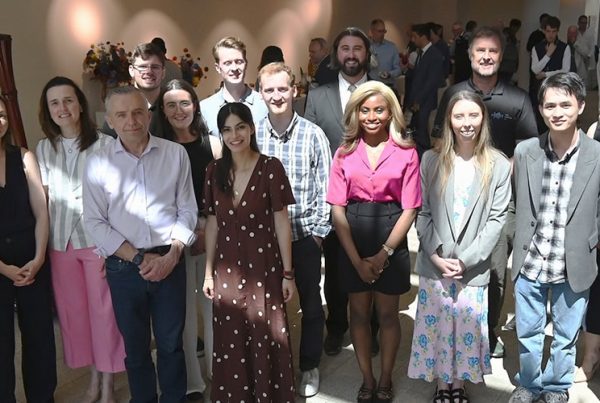
A Cohort Of Fifteen Founders Graduates From New Frontiers In Grangegorman

 David Craig
David Craig
